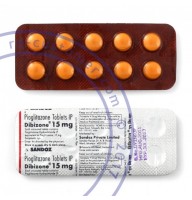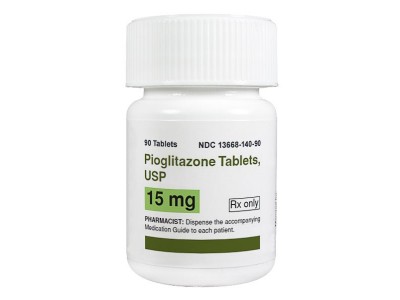Pioglitazone and rosiglitazone are both oral medications in the thiazolidinedione class, used to manage type 2 diabetes by improving insulin sensitivity. However, there are several notable differences between the two drugs regarding their efficacy, safety profiles, and regulatory status.
One key difference lies in their cardiovascular risk profiles. Pioglitazone has been associated with a reduction in cardiovascular events in some studies, whereas rosiglitazone has been linked to an increased risk of myocardial infarction and heart failure. This difference significantly impacts their prescribing patterns, with pioglitazone often preferred over rosiglitazone for patients with existing cardiovascular concerns. Consequently, the FDA placed stringent restrictions on rosiglitazone in 2010 due to its cardiovascular risks, though some of these restrictions were later lifted in 2013 when further analysis suggested the risks were not as severe as initially thought.
Another difference is in their potential side effects. Both medications can cause weight gain, fluid retention, and an increased risk of bone fractures. However, rosiglitazone has been more closely scrutinized for its adverse cardiovascular effects, whereas pioglitazone has raised concerns about a potential increased risk of bladder cancer, although the data on this risk remains inconclusive and continues to be studied.
Efficacy-wise, both drugs effectively lower blood glucose levels and improve HbA1c values. However, individual responses can vary, with some patients responding better to one medication over the other. Pioglitazone tends to have a slightly more favorable impact on lipid profiles, which can be beneficial for overall cardiovascular health.
The choice between pioglitazone and rosiglitazone often comes down to a balance of efficacy and safety considerations. Pioglitazone is generally preferred due to its comparatively better cardiovascular safety profile and similar efficacy in glycemic control. However, both medications are valuable tools in managing type 2 diabetes, particularly for patients who cannot achieve adequate blood sugar control with other medications like metformin or sulfonylureas. Regular monitoring and individualized patient assessment are crucial to optimizing treatment outcomes with either medication.

